
5 min lesen
November 16, 2023
The use of remote workers is an important business tool and a contingency plan in the event of operational disruptions. Due to quarantine restrictions, millions of people are working remotely today. It can be said with certainty that “operational disruption” has reached an entirely new dimension. While remote work was primarily driven by current business needs, the sudden necessity to capitalize on it has brought about several security concerns and potential risks that need to be considered.
Cyberattacks are always a possibility, but they are even more likely in a national emergency. When employees are pulled out of their usual work environment and routine, two main questions arise:
To help you create your security checklist, we have compiled a list of our top security tips for remote work to help protect your employees while they work remotely.
Remote workers are often the first targets of hackers. They are frequently the source of network security incidents that can quickly spread to the rest of the company. Mobile devices such as cell phones and laptops pose security risks even if you do not have external employees. Below are the most important security issues companies should be aware of when it comes to remote work.
The importance of passwords cannot be overstated. Implementing a system that enforces regular password changes is a fundamental step that many companies overlook.
Phishing scammers use social engineering to trick people into revealing sensitive information such as bank and credit card details or passwords. In 2019, phishing emails cost individuals and businesses over $3.5 billion.
Everyone, from freelancers and full-time employees to consultants and partners, works with a variety of unprotected devices that run on multiple operating systems and networks. This makes them more vulnerable to network attacks that are not as common in the workplace.
Zoom has been criticized for the increase in “Zoom-bombing,” where hackers hijack video conferences to broadcast unwanted content. Make sure you take the necessary steps to ensure the security of your video conferences.
A good backup and recovery solution can save your company in the worst-case scenario. Having a team of experts who can help you transition from a “break-fix” mentality to a proactive maintenance routine is invaluable.
Users can become complacent when it comes to cybersecurity. They often believe that their company’s IT staff is responsible for their protection, even when they are not at the workplace. Employees are the first line of defense against cyberattacks.
VPNs (Virtual Private Networks) are comparable to firewalls. They are one of the most popular security tools for remote workers, as they protect laptop data online while providing the same level of security, functionality, and appearance as if they were connected to the company network.
Many companies hesitate to implement multi-factor authentication because they find it too cumbersome. Many people prefer to skip the step of waiting for an authentication code. However, this habit is highly effective in preventing security breaches.
Ensure that your employees – regardless of whether they use company or personal devices – know how to install software updates. Software updates or patches can provide new or improved features, increase program stability, add security features, and remove outdated functionalities. To ensure that patches are installed regularly, enable automatic updates on all remote devices.
Non-work-related internet activities make up 30 to 40% of employees’ internet usage, which not only affects productivity but also exposes employees to security risks. A company laptop is intended exclusively for employees’ business use. Personal tasks should be performed on a laptop or another mobile device that is not used for work.
Cybercriminals have easier access to emails and passwords in unsecured networks. Do not work in a café or another public place unless absolutely necessary.

October 8, 2025
The biomethane sector is entering a decisive phase. Driven by climate targets, stricter regulations, and rising demand for renewable energy, the market is experiencing rapid growth. Yet, this expansion also creates new op...

February 3, 2025
The future of ERP lies in more efficient and flexible business solutions. In this article, you will discover how .NET-based ERP systems help you optimize processes while remaining adaptable. Explore the key benefits and technological advancemen...